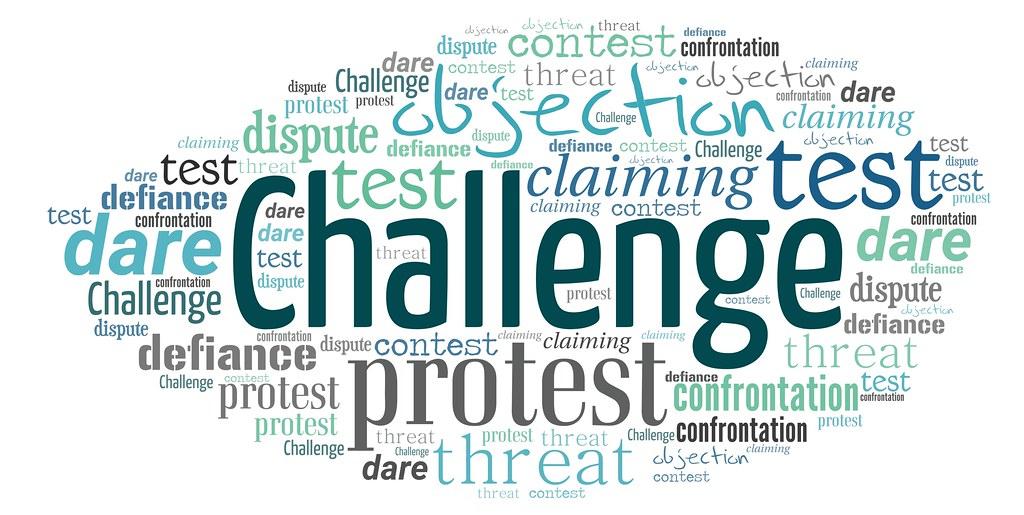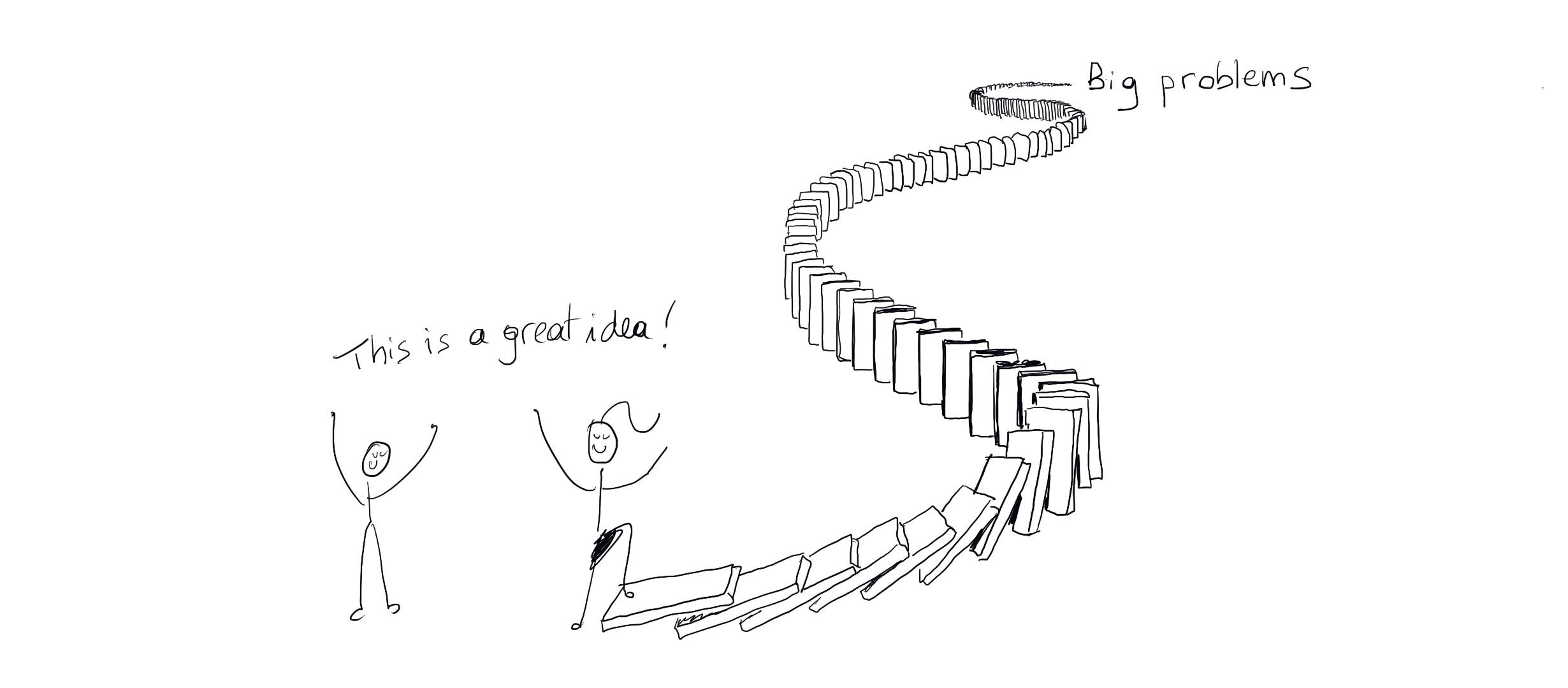As the world becomes increasingly digitized, the use of artificial intelligence in various fields has become more prevalent. However, as AI tools continue to evolve, their capabilities are not always perfect. In the realm of politics, AI tools have been generating misleading election images, raising concerns about the accuracy and reliability of these innovative technologies. Let’s delve deeper into the phenomenon of misleading AI-generated election images and its implications.
Challenges with AI-generated Election Images
Despite significant advancements in artificial intelligence (AI) technology, challenges still persist when it comes to the generation of election-related images. One of the main concerns is the potential for these AI tools to inadvertently create misleading images that could impact public perception and even sway election outcomes.
One major challenge lies in the ability of AI algorithms to accurately represent complex political scenarios and nuanced issues. As these tools rely on vast amounts of data to generate images, there is a risk of bias and misinterpretation creeping into the final output. Additionally, the rapid evolution of AI technology means that regulators and policymakers are often playing catch-up in ensuring ethical and accurate use of these tools in the context of elections.

Unintended Consequences of Misleading Visuals
Despite advancements in technology, AI tools are still generating misleading visuals in the context of elections. These misleading visuals can have unintended consequences that impact the democratic process and public trust in the electoral system. From manipulated images of candidates to false information portrayed through infographics, the spread of inaccurate visuals can sway public opinion and influence voting behavior.
One of the main challenges with misleading election images generated by AI tools is the difficulty in detecting them. As these visuals become more sophisticated and realistic, it becomes increasingly challenging for voters to discern what is real and what is fake. This lack of transparency can lead to rumors and misinformation spreading rapidly, ultimately undermining the integrity of the electoral process. It is crucial for both technology developers and policymakers to address this issue and implement measures to combat the proliferation of misleading visuals in elections.

The Importance of Fact-Checking AI Results
In today’s digital age, the use of AI tools for various tasks has become increasingly common, including the generation of images related to elections. However, recent studies have shown that these AI tools are still prone to errors and can generate misleading election images. It is crucial for individuals and organizations to fact-check the results generated by AI tools to ensure the accuracy and reliability of the information being presented.
One way to mitigate the issue of misleading election images generated by AI tools is to incorporate human oversight and review into the process. By having humans double-check the results produced by AI, errors and inaccuracies can be caught and corrected before the information is disseminated to the public. Additionally, investing in improving the algorithms and training data used by AI tools can help to enhance the accuracy of the generated images. Overall, fact-checking AI results is essential to maintain the integrity and trustworthiness of information in the digital age.

Enhancing Transparency and Accountability in AI Tool Development
Despite efforts to enhance transparency and accountability in AI tool development, recent studies have revealed that AI tools are still generating misleading election images. These images, created using advanced algorithms, have the potential to sway public opinion and impact the outcomes of elections. The lack of oversight and regulation in the development of these tools has raised concerns about the ethical implications of using AI in the political sphere.
One of the main challenges in addressing this issue is the complex nature of AI algorithms, which can be difficult to interpret and understand. Additionally, the proliferation of fake news and misinformation on social media platforms has made it increasingly difficult to detect and combat the spread of misleading election images. Moving forward, it will be crucial for developers, policymakers, and researchers to work together to establish guidelines and best practices for the responsible use of AI in elections.
As technology continues to advance, the use of AI tools in creating election images may present both opportunities and challenges. While these tools have the potential to revolutionize the way information is presented, it is important to remain vigilant against the spread of misleading or false visuals. By critically evaluating the sources and accuracy of election images, we can ensure that our democracy remains informed and protected. Let us continue to explore the possibilities of AI tools while also recognizing the responsibility that comes with their usage. Together, we can navigate through the complexities of digital media and pave a path towards a more transparent and trustworthy electoral process.


